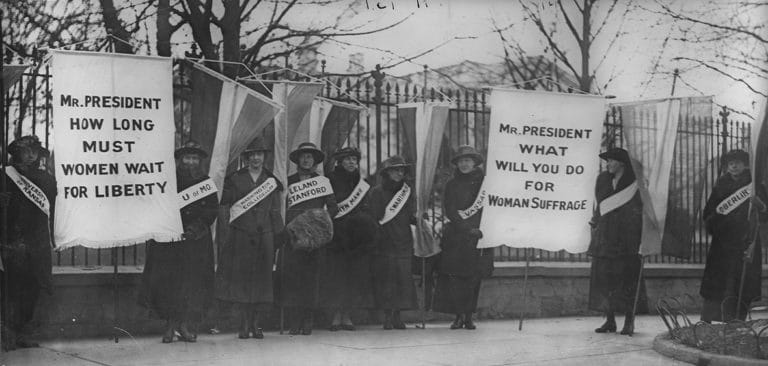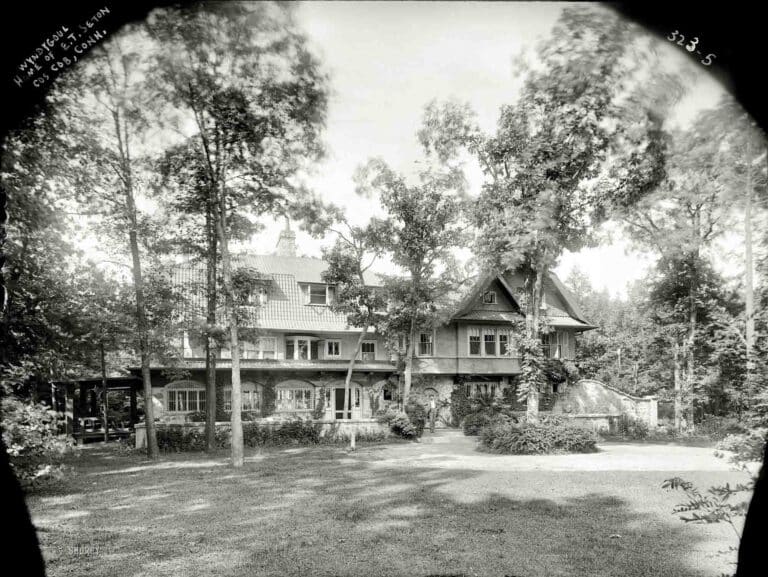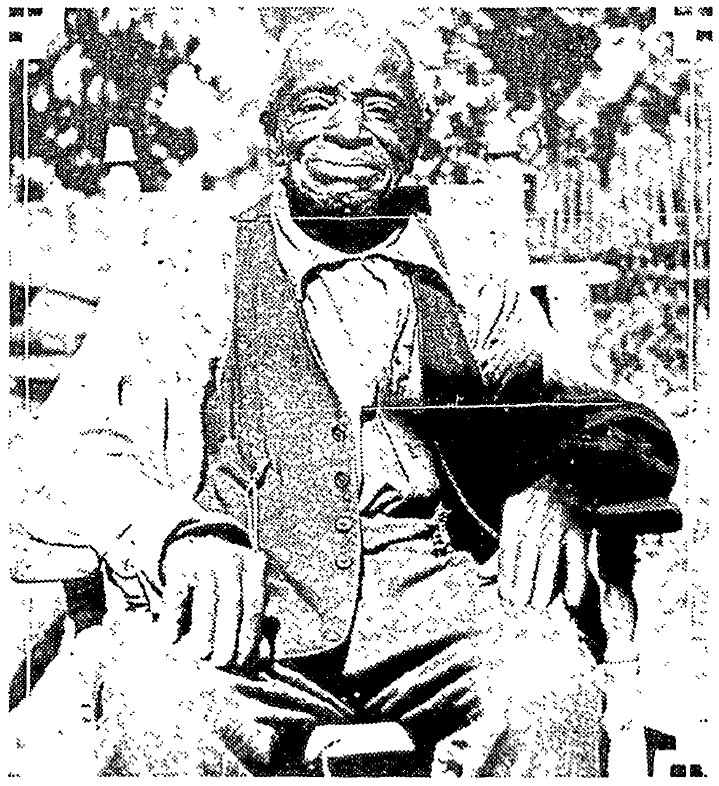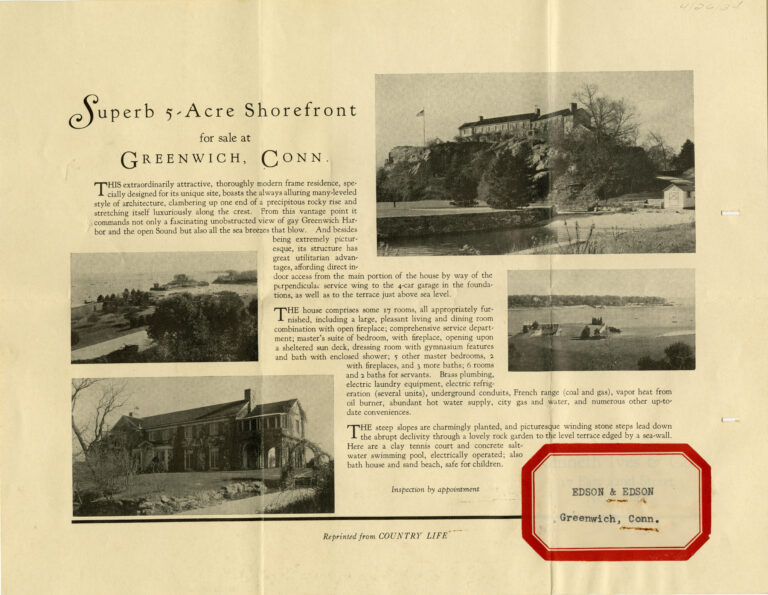The Greenwich Historical Society is excited to present Suffrage Stories, a series of short videos exploring artifacts and stories from the exhibition An Unfinished Revolution: The Woman’s Suffrage Centennial.
Suffrage Stories: Alice Paul’s Picket Pin
This week’s video explores a tiny object with immense legacy – a small “picket pin” that once belonged to suffragist Alice Paul (1885-1977), the founder of the National Woman’s Party.
Paul, a graduate of Swarthmore College who also earned a Ph.D. from the University of Pennsylvania, studied social work in England where she learned the militant protest tactics employed by women’s suffrage activists there. After returning to the United States Paul joined the National American Woman Suffrage Association (NAWSA), but her radical notions, which included pursuing suffrage by aggressively lobbying Congress for a constitutional amendment, led her to split with NAWSA and form the National Woman’s Party (NWP).
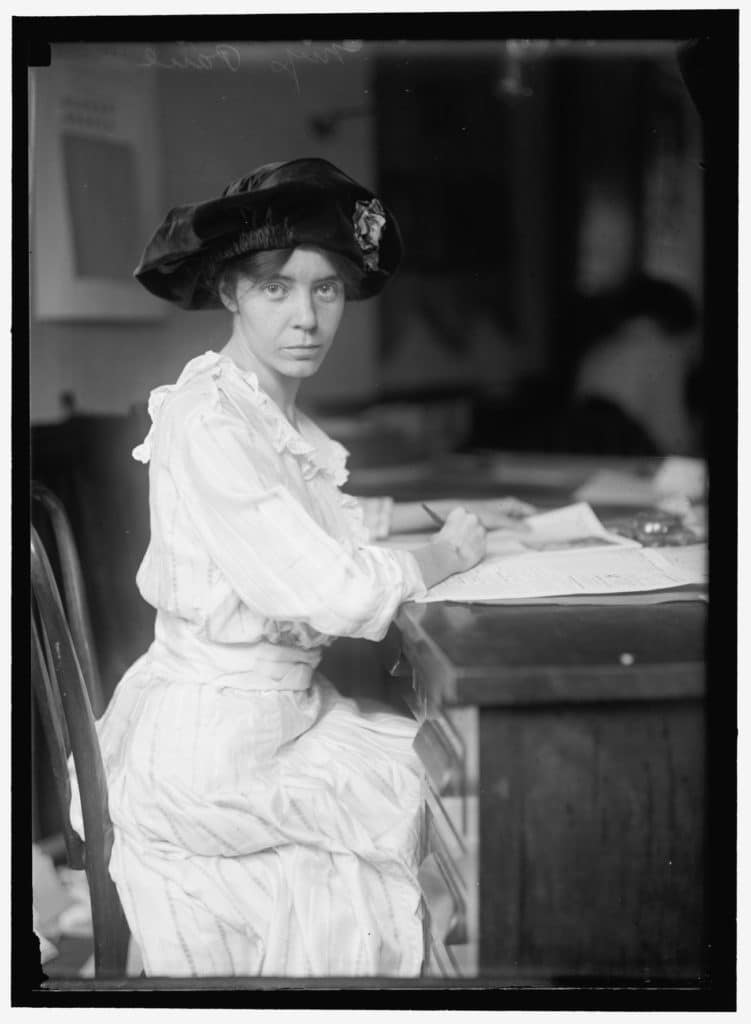
Courtesy of the Library of Congress
Under Paul’s leadership, in 1917 members of the NWP began a series of public protests in front of the White House in Washington, DC in an appeal to President Woodrow Wilson to support the cause for women’s voting rights. Standing or marching wordlessly in the plaza beyond the White House walls and carrying banners with direct messages like MR. PRESIDENT: WHAT WILL YOU DO FOR WOMAN SUFFRAGE?, the protesters earned the nickname “Silent Sentinels.”

While the protests were often peaceful, the women faced condemnation and hostility from onlookers. As tensions rose several of the women were repeatedly arrested for refusing to end their picketing. Many were imprisoned in the nearby Occoquan Workhouse in Virginia, a jail that had been previously abandoned due to its poor conditions. Some, like Paul, went on hunger strikes to protest their treatment and were subjected to horrific force-feeding.
Members of the NWP who participated in the White House Protests were given picket pins as a sign of solidarity and pride. The small silver pin takes the form of a banner attached to a spear-like rod, echoing the shape of the protest banners carried by suffragists.
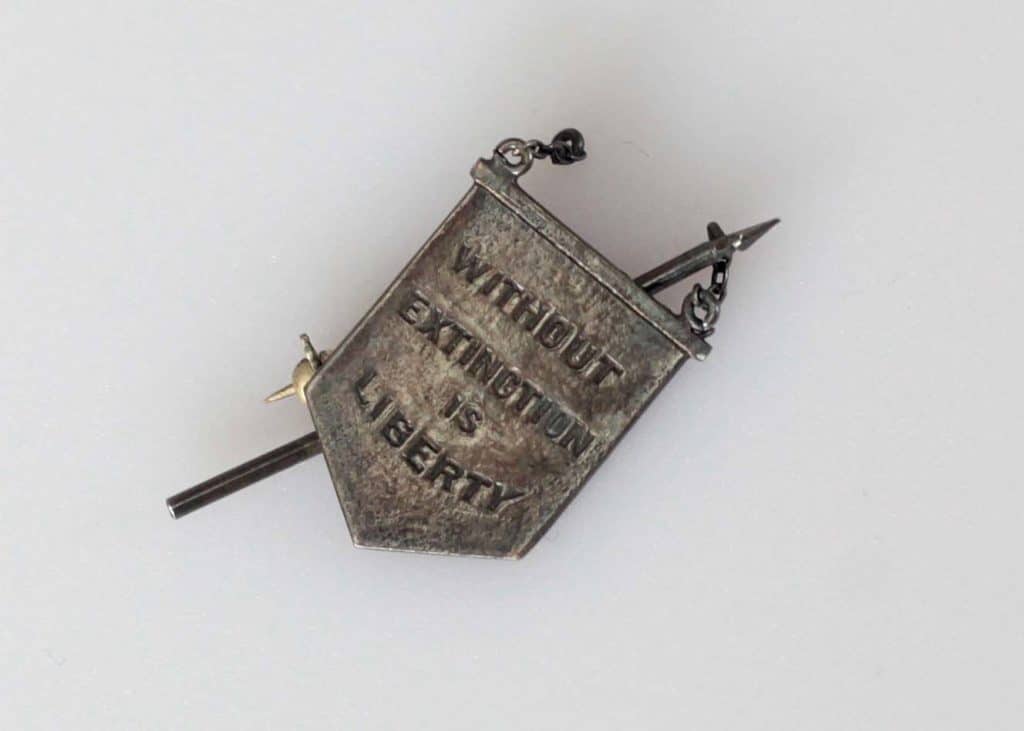
Courtesy of the Alice Paul Institute
The message inscribed on the pin, “Without Extinction is Liberty,” is excerpted from the poem “On Blue Ontario’s Shore” by Walt Whitman from the famed anthology Leaves of Grass. The full quotation reads:
Without extinction is Liberty, without retrograde is Equality.
They live in the feelings of young men and the best women,
(Not for nothing have the indomitable heads of the earth
been always ready to fall for Liberty.)
The phrase was said to be the final words spoken by Inez Milholland, a prominent suffragist, lawyer, and activist who fell ill and died in 1916 at the age of 30 while campaigning across the country for women’s suffrage. Milholland became a martyr and a symbol for sacrifice to the cause of women’s rights.
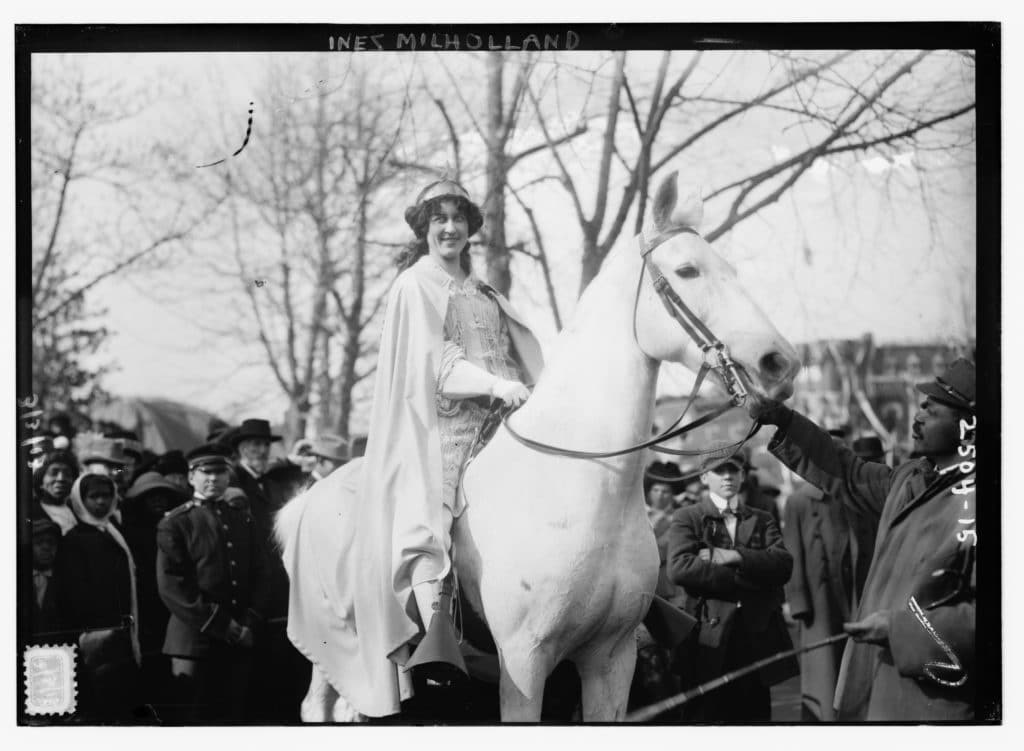
This picket pin, on loan to the exhibition from the Alice Paul Institute in Mount Laurel, New Jersey, is one of several that belonged to Paul. The Alice Paul Institute furthers the legacy of Alice Paul and her life’s work for gender equality, and is headquartered at Paulsdale, the home of Paul’s birth and now a National Historic Landmark.
An Unfinished Revolution: The Woman’s Suffrage Centennial opened to the public February 5, 2020, and in response to COVID-19 closures has been extended through November 1, 2020. The exhibition is supported in part by a grant from Connecticut Humanities, and is generously sponsored by the PepsiCo Foundation and Northern Trust.
Maggie Dimock is Curator of Exhibitions and Collections at the Greenwich Historical Society

